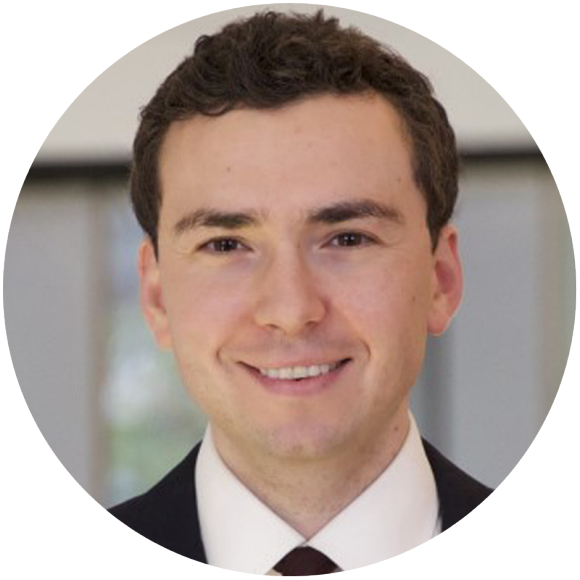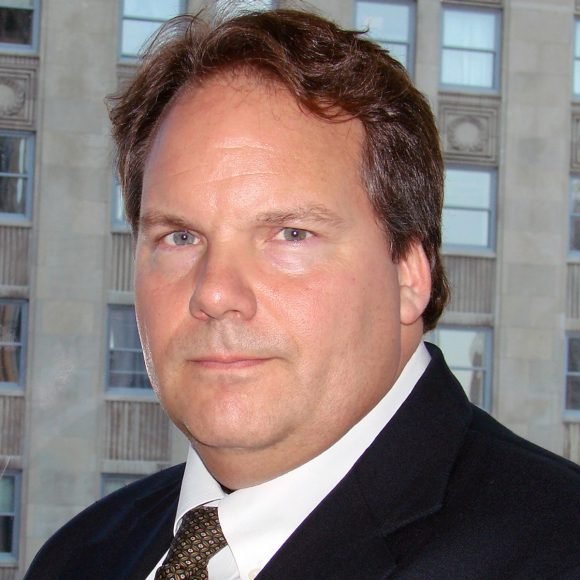The Return of Yield: Risks and Opportunities
During our recent Quarterly Investment Forum Q4 2022, we explore the theme of the return of yield, examining the potential risks and opportunities.

The theme this quarter is 'The Return of Yield: Opportunities and Risks' and the session kicked off with Evan Brown, Head of Multi-Asset Strategy, delivering his team’s macro and asset allocation outlook. Then Anna Findling, Head of Fixed Income Investment Specialists, hosted a discussion on the opportunity set in fixed income with Jonathan Gregory, Head of UK Fixed Income, and Scott Dolan, Head of US Multi Sector Fixed Income. Jeremy Zirin, Portfolio Manager in Private Client US Equity, shared his thoughts on how to find yield in equities. Finally, Barry Gill, Head of Investments, was joined by James Aitken, Founder and Managing Partner of Aitken Advisors, to discuss the risks to markets from the repricing of rates. What follows are the highlights of the discussions:
Quarterly Investment Forum Q4 2022
Quarterly Investment Forum Q4 2022
Make an inquiry
Fill in an inquiry form and leave your details – we’ll be back in touch.
Introducing our leadership team
Meet the members of the team responsible for UBS Asset Management’s strategic direction.






